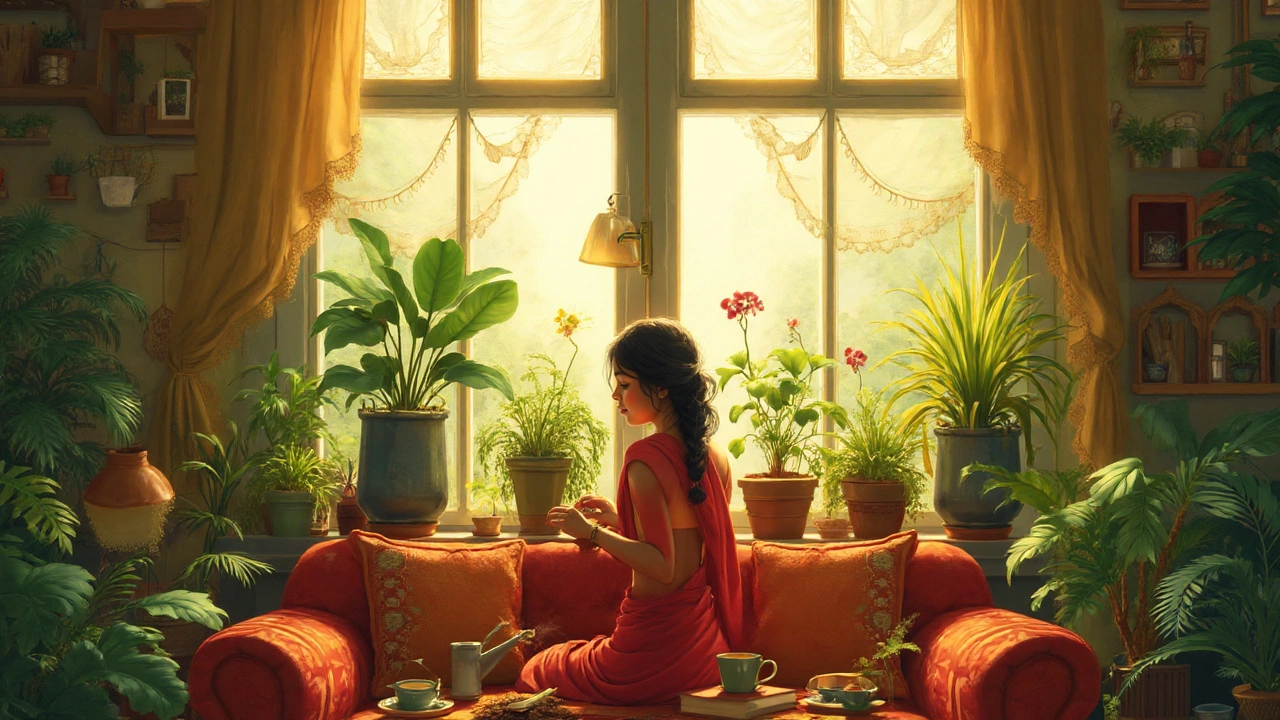Explore which houseplants are the neediest, why they crave attention, and how to keep them alive. Discover helpful tips and facts for your fussiest greenery.
Finicky Indoor Plants: Why They Struggle and How to Keep Them Alive
When you bring home a finicky indoor plant, a houseplant that demands very specific conditions to survive. Also known as high-maintenance indoor plants, it’s not just being dramatic—it’s reacting to changes in light, water, or air that most other plants wouldn’t even notice. These plants aren’t broken. They’re just tuned to environments that don’t exist in most Indian homes—high humidity, consistent temperatures, or bright indirect light that’s hard to find on a balcony or near a window with dust-covered glass.
What makes a plant finicky? It’s usually a mix of overwatering, the most common killer of indoor plants in India, poor airflow, and sudden temperature shifts. Think about it: your fiddle leaf fig doesn’t care about your schedule—it cares about when the soil last dried out. Your monstera won’t tell you it’s thirsty; it just drops leaves. And your peace lily? It’ll wilt the second the air gets dry, then perk up again if you mist it—but only if you do it at the right time. These aren’t random behaviors. They’re signals. The real problem isn’t that the plant is hard to grow—it’s that we’re trying to force it to live like a cactus when it’s really a rainforest guest.
And it’s not just about water. humidity, the amount of moisture in the air, is a silent killer in Indian homes, especially in winter when heaters kick in or AC runs all day. Most finicky plants need 50% humidity or higher. Your bathroom might be the only room in the house that hits that. That’s why so many people see their ferns or orchids die after a few months—they’re not dying from neglect. They’re dying from dry air.
Then there’s light. Not all windows are equal. A north-facing balcony in Delhi gets nothing like the filtered glow of a south-facing one in Bangalore. A plant that thrives in Mumbai might gasp for air in Jaipur. You can’t just copy what someone else does online. You have to watch your own space. Notice how the light moves. See where shadows fall. Feel the air near the plant. That’s how you learn what your plant actually needs—not what a blog says it should need.
And here’s the thing: most of the advice out there is too broad. "Keep it in bright light" doesn’t help if your light changes with the season. "Water once a week" is useless if your pot is tiny or your room is humid. The real fix isn’t buying more tools or fancy soil. It’s learning to read your plant. When its leaves curl, is it dry? Or is it too cold? When the edges turn brown, is it salt buildup from tap water? Or is the air too dry? These aren’t mysteries. They’re patterns. And once you start seeing them, you stop treating your plants like decorations and start treating them like living things that talk—if you know how to listen.
Below, you’ll find real fixes from people who’ve been there. From how to save a soggy snake plant to why your ZZ plant is suddenly dropping leaves, these posts don’t give you generic tips. They give you the exact steps that worked when everything else failed. No fluff. No jargon. Just what actually helps when your favorite plant starts looking sad.
